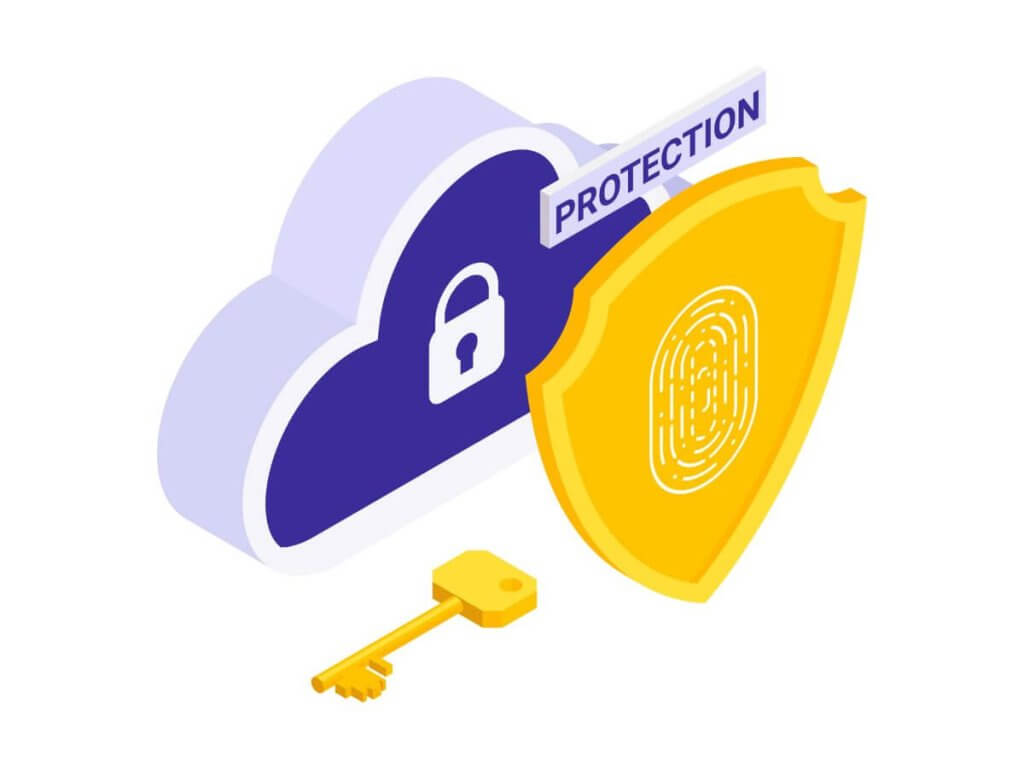
Malaysia has a rapidly growing digital landscape, and as more businesses embrace the benefits of technology, they also face increasing risks of cyber threats. Malaysia records 72,000 scam cases that cause losses amounting to RM 5.2 billion from 2020 to 2022.
Read more: Cyber Crime in Malaysia.
That’s why it’s so essential for people to be educated and aware of how to prevent spam. Knowing how to recognize and avoid spam can reduce the amount of junk circulating on the internet and this benefits not only individuals but the entire online community.
How Does Spam Work
While spam is generally viewed as a nuisance, it can also have a significant cybersecurity threat. Phishing, for example, is designed to trick people into sharing personal data, such as login credentials or financial details.
Furthermore, spam can clog up email servers and slow down networks, which can have a significant impact on businesses. Spam can also cause people to miss important messages, as they have to sift through a sea of unwanted messages to find the ones that matter.
Spammers use a variety of tactics to distribute their spam message.
One common spam technique is creating fake email addresses or domains that look legitimate, such as adding a few extra letters or numbers. This tactic, known as ‘spoofing’, can fool unsuspecting recipients into opening spam messages.
Another tactic spammers use to buy or rent email lists from third-party providers. These lists can include email addresses obtained through dubious means. Spammers can then use these lists to send messages to people who may not have permitted them to do so.
What Are the Different Types of Spam

Spam is any unsolicited message that is sent to a large number of recipients. There are many types of spam, including email, SMS, social media, and more. Each form of spam has unique characteristics, but some commonalities can help you identify them.
Email spam is the most common type of spam. It refers to unsolicited bulk email to a large number of recipients. Email spam can include various types of content, such as phishing scams, malware, and more.
Text message spam is similar to email spam, but it involves text messages instead of emails.
Social media spam can include fake accounts, automated bots, and unwanted messages or comments. Social media spam can be particularly dangerous as it can be used to spread fake news, phishing scams, or other types of fraudulent content.
Forum spam can include unwanted comments, links to malicious websites, and more. Forum spam can be used to promote products or services or to spread malware or phishing scams.
Instant messaging services like WhatsApp, Telegram, and Facebook Messenger can also be used by spammers to send unwanted messages.
Search engine spam involves creating low-quality websites or pages that are designed to rank highly in search results, often through the use of black hat SEO techniques. These pages can contain spammy content or links to malicious websites.
Ad spam can be used to promote legitimate products or services, but it can also be used to promote fraudulent or illegal activities. Ad spam can be particularly annoying as it can clutter your inbox or social media feeds.
The Consequences of Spam Attacks
Spam attacks have become a major concern for internet users in Malaysia. This is because the consequences of these attacks can be devastating on an organizational level and it has become increasingly sophisticated over time, making it more difficult to detect and stop them.
- The most immediate consequence of a spam attack is a loss of productivity. Employees who are bombarded with countless unwanted messages will spend valuable time sifting through their inboxes instead of focusing on important tasks at hand.
- One of the most severe consequences of a spam attack is identity theft. Hackers use phishing scams to gain access to sensitive data and use it for fraudulent activities. This can result in significant financial losses for businesses as well as damage their reputation.
- Another consequence of spam attacks is that they can compromise the security and integrity of entire organizations. Malware-infected attachments or links contained within spam emails can lead to system-wide infections, putting sensitive business data at risk.
Overall, spam attacks can have a range of negative consequences. It is important for organizations to take steps to protect themselves against spam, such as using spam filters and being cautious about clicking on links or opening attachments in unsolicited emails.
Cybersecurity Measures Businesses Can Take To Protect Themselves

In conclusion, spam works by sending large numbers of unsolicited messages to unsuspecting users, attempting to lure them into malicious activities. The effects of spam in Malaysia are severe and can have a devastating effect on businesses as a whole.
Vigilance and education are important in order to create an effective defence against spam. It is essential for companies to take proactive steps toward protecting against spam so their employees can remain safe online.
Act now to secure your data and protect your company with Spectrum Edge! As the leading value-added distributor for cybersecurity solutions in Malaysia, you can trust us to provide you with reliable protection against cyber threats.
Take advantage of our in-depth knowledge and expertise to defend against cyber threats. Contact us today to learn more about how Spectrum Edge can help understand anti-spam techniques to avoid spam problems in your business in Malaysia.